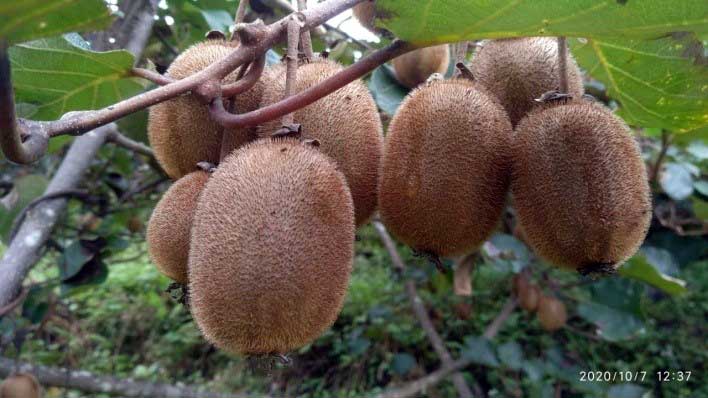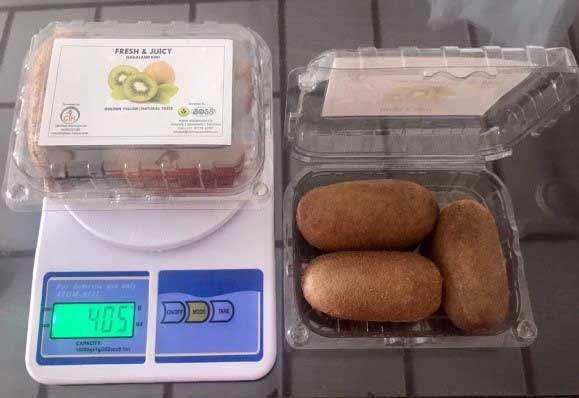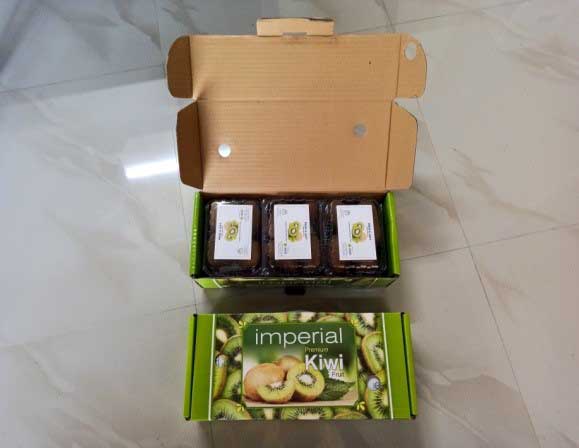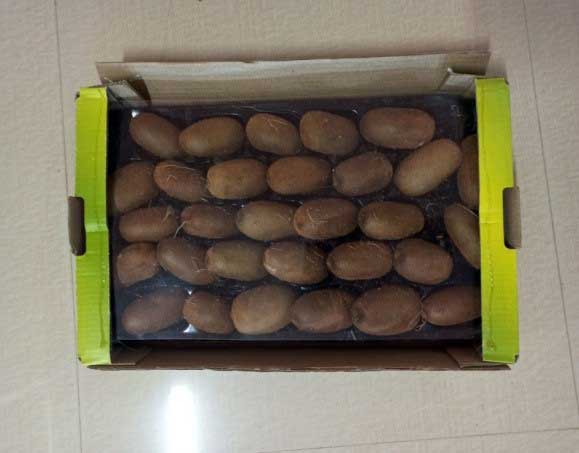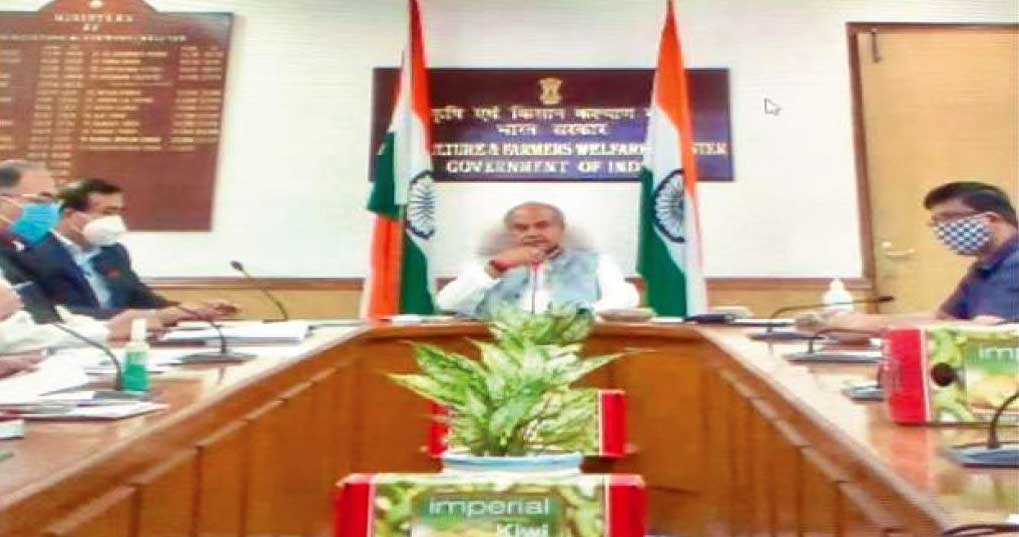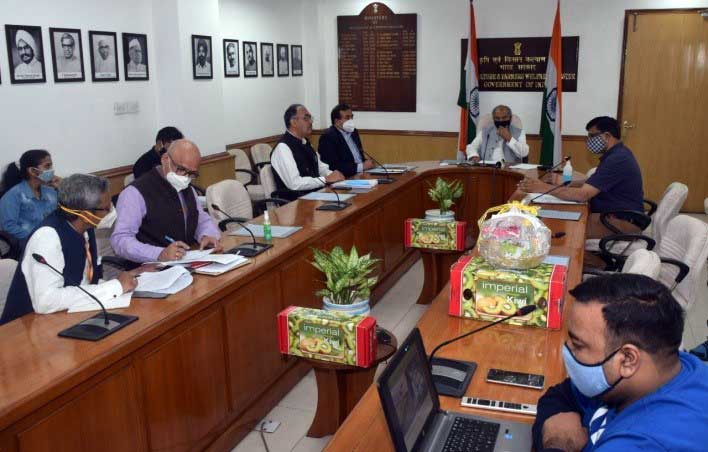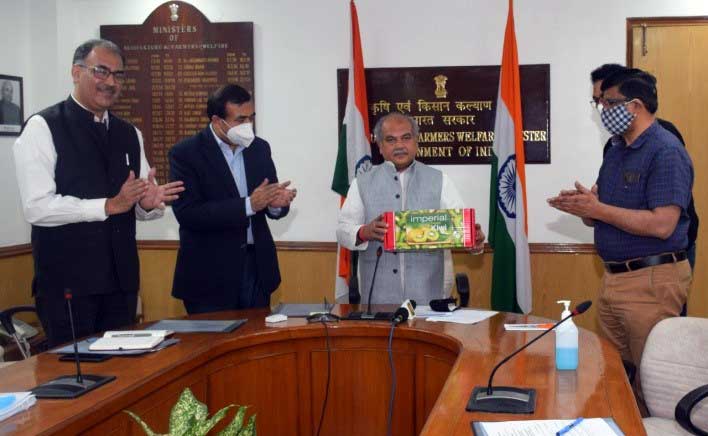Initiatives in market promotion of pineapple
Initiatives in Market Promotion of Nagaland Pineapples
Pineapple is one of the choicest fruit of the world having pleasant flavor and exquisite taste with its exceptional juiciness and a vibrant tropical flavor that balances the taste of sweet and tart, that makes a perfect blend for an ideal fruit crop.
Pineapple is one of the focus crop of Nagaland under MIDH. It covers an area of 8697 Ha with annual production of 115086 MT (2019-20, Annual Report, Department of Horticulture, Government of Nagaland). It is grown in almost all districts of Nagaland. However, Dimapur and Mokokchung districts are well known for large scale cultivation of pineapple. In fact, villages like Molvom and Bungsang under Dimapur district are considered as pineapple villages because of the fact that their main source of income is from pineapple cultivation with almost every household having pineapple plantation.
Nagaland pineapples are best known for their unique taste and high qualitative parameters with almost fibreless pulp, high juice and high TSS content. The most commonly grown variety in Nagaland is “Kew’ and the season of fruit availability is July-August in summer and Oct-Jan in winter. The fruit weighs about 1.5 Kg (average), juice recovery of about 60%, TSS content of 16 to 200 Brix, Acidity of 0.8 to 0.9%, total sugar ranging from 16 to 20% and vitamin C of 45-50 mg/100 mg.
Central Institute of Horticulture, Nagaland which was set up during the year 2006 has been closely working with the Pineapple Growers of Molvom & Bungsang Villages. The Institute has been facilitating these groups from production to processing to market promotion. Molvom and Bungsang villages fall under Dimapur district, Nagaland and are the key pineapple growers in the state of Nagaland. Pineapple is grown in an area around 500 Ha in these villages with annual production of 5000-6000 MT.
To promote the pineapple growers, a number of initiatives were taken by the Institute for pineapple growers belonging from Molvom & Bungsang villages, Nagaland. The focus was to develop certain standards to market their produce directly without support from APMCs. A key component that has been found missing while marketing farmers’ produce is “Packaging”. Many of the farmers are either not aware or not able to invest or do not have the technology to develop packaging for their produce. The knowledge on importance of packaging have always been disseminated to the farming community, however, there are very few who actually practice and are able to reap the benefits associated with it.
The ‘choices and preferences’ of customers have changed overtime and there is a need to further standardize our offerings for better marketability
Leaving local consumption aside, the pineapples of Nagaland are largely being sold to neighboring state of Assam where the delivery is done without any packaging. Pineapples are stacked one above the other in vehicles and are delivered to the buyers. While for nearby markets, the method may be suitable and is most economical however as production grows overtime, new markets and new delivery options have to be explored not only for pineapples but for all horticulture crops.
With the objective to promote Nagaland pineapple in distant market, an initiative was taken by Central Institute of Horticulture, Nagaland to develop packaging boxes for pineapples. While developing packaging boxes alone will not make much of a difference if the other important variables like stage of harvesting, size and weight of pineapple, quality and damage/injury free pineapples are not considered.
Hands on demonstration was provided to the FPC in packaging pineapple.
Two (02) consignments of pineapples were sent to buyers in Delhi/Guwahati through train in the packaging boxes developed by the Institute and minimal damage have been reported in both the consignments.
Through the initiative, the farmers have been given an opportunity to explore new possibilities in marketing their pineapples. The farmers have been marketing their produce without support from APMCs. Pineapples are graded in three categories; Large > 1.5 kg, Medium: 1-1.5 kg & Small < 1kg and the rates at farm gate are Rs. 20, Rs. 15 & Rs. 10 respectively. During the year 2020, farmers have marketed around 5000 MT of pineapples.
The farmers are in the process of using standard packaging boxes for order outside the state and the Institute is facilitating the farmers for development and order of packaging boxes.

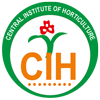
 A Glimpse of Pineapple field in Bungsang Village, Nagaland
A Glimpse of Pineapple field in Bungsang Village, Nagaland A women farmer harvesting pineapple
A women farmer harvesting pineapple Packaging boxes developed by the Institute
Packaging boxes developed by the Institute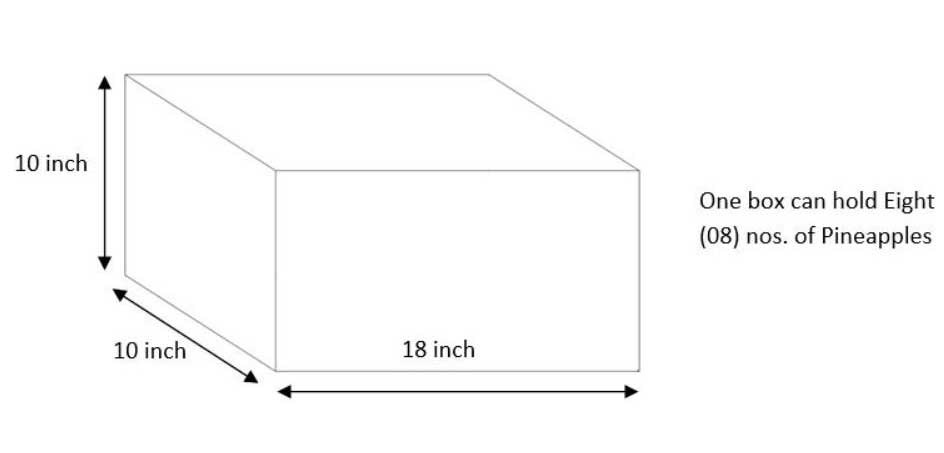
 Farmers being trained on packaging
Farmers being trained on packaging  Pineapple inside packaging boxes
Pineapple inside packaging boxes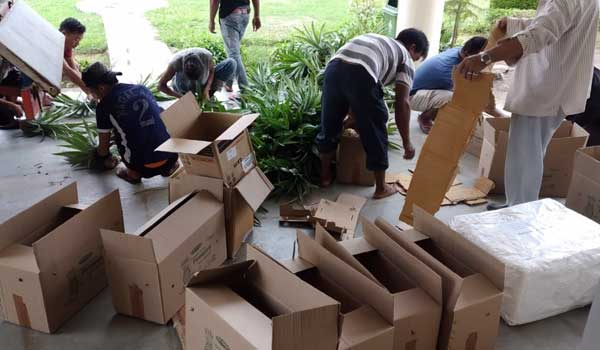 Tagging & packaging of pineapple
Tagging & packaging of pineapple  Strapping of boxes
Strapping of boxes Pineapple boxes loaded in transport vehicle
Pineapple boxes loaded in transport vehicle  Unloading & booking at Railway station
Unloading & booking at Railway station Marking & storage at Railway station
Marking & storage at Railway station  Transportation within railway station at delivery point
Transportation within railway station at delivery point